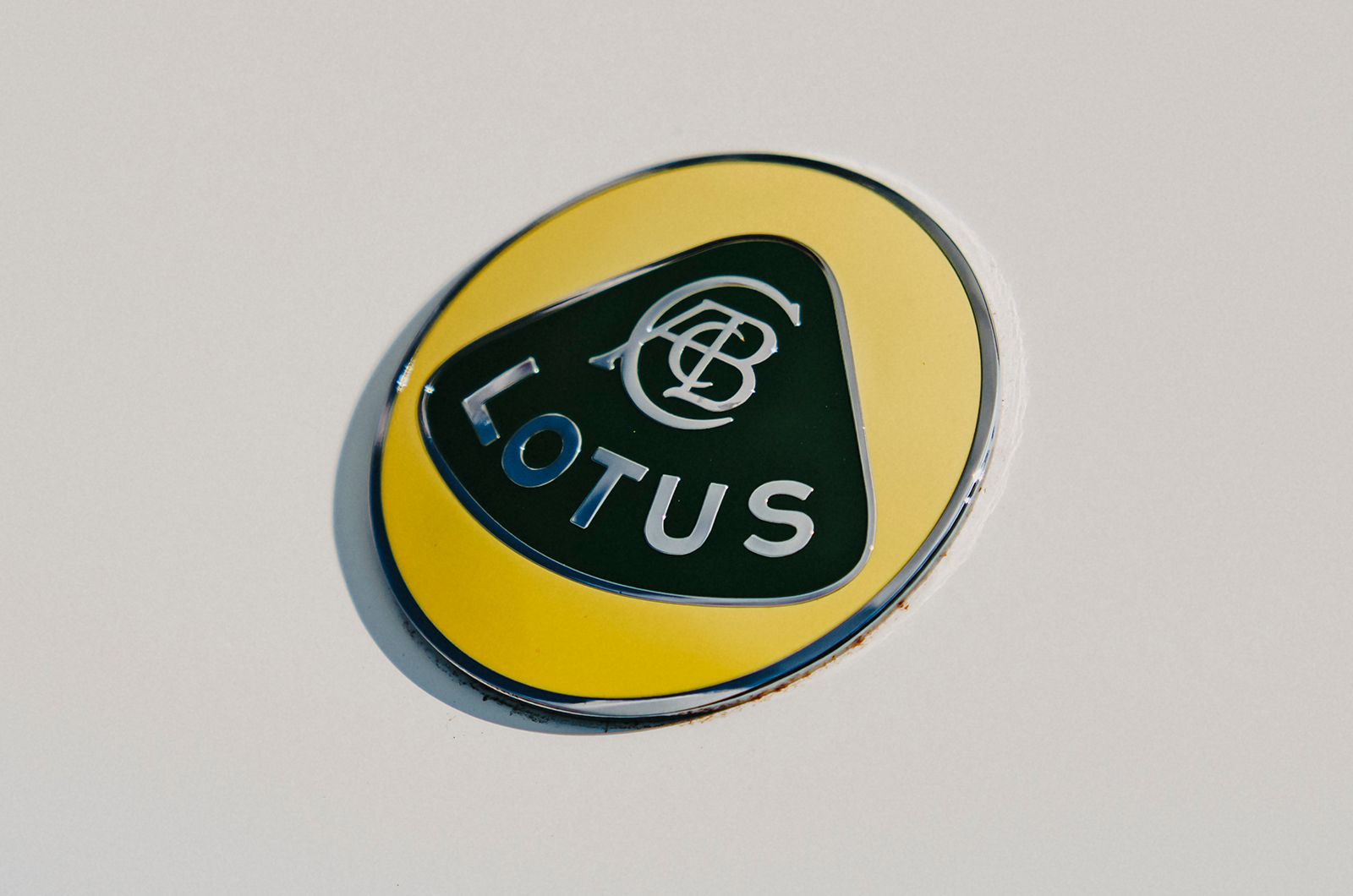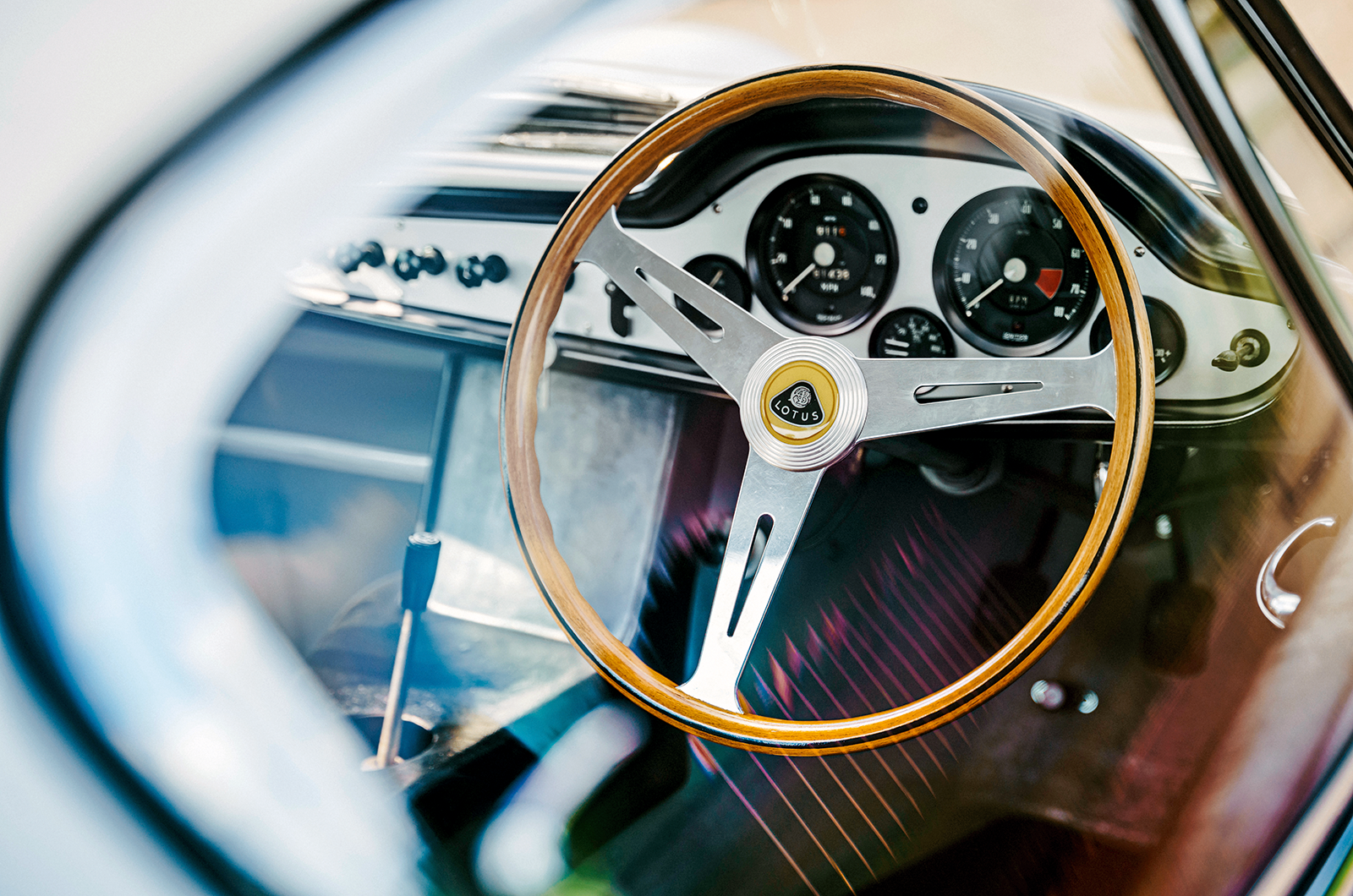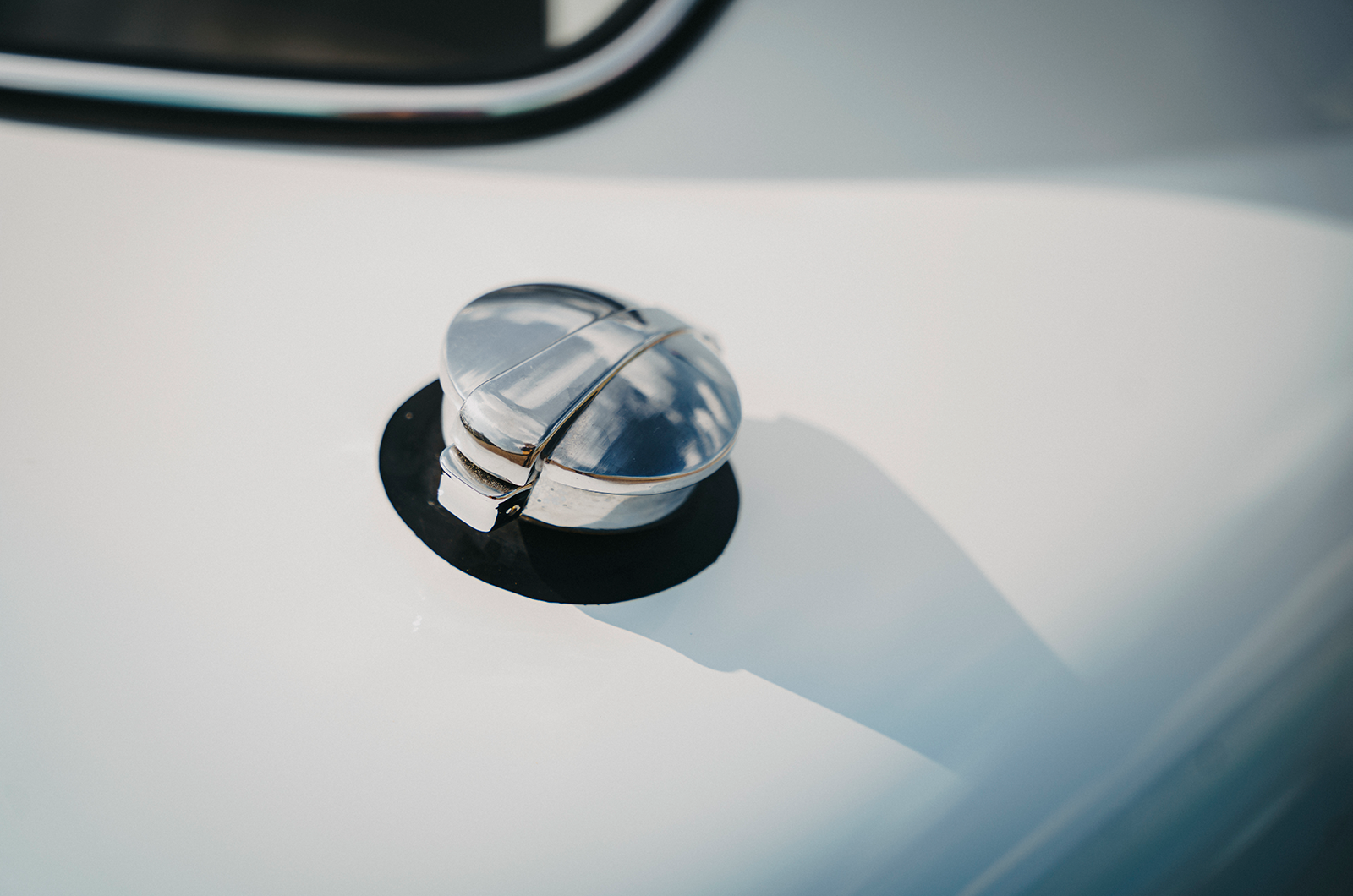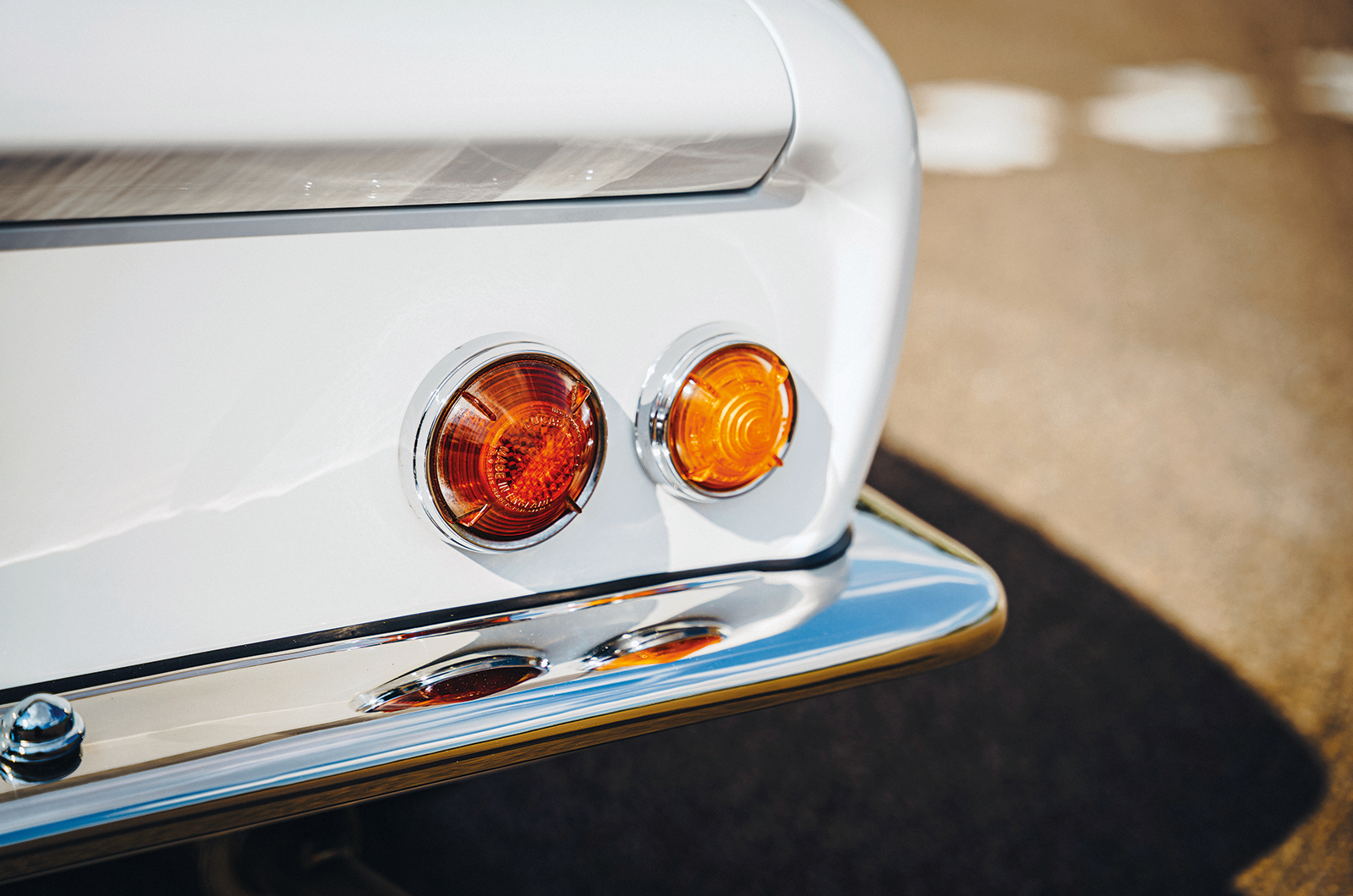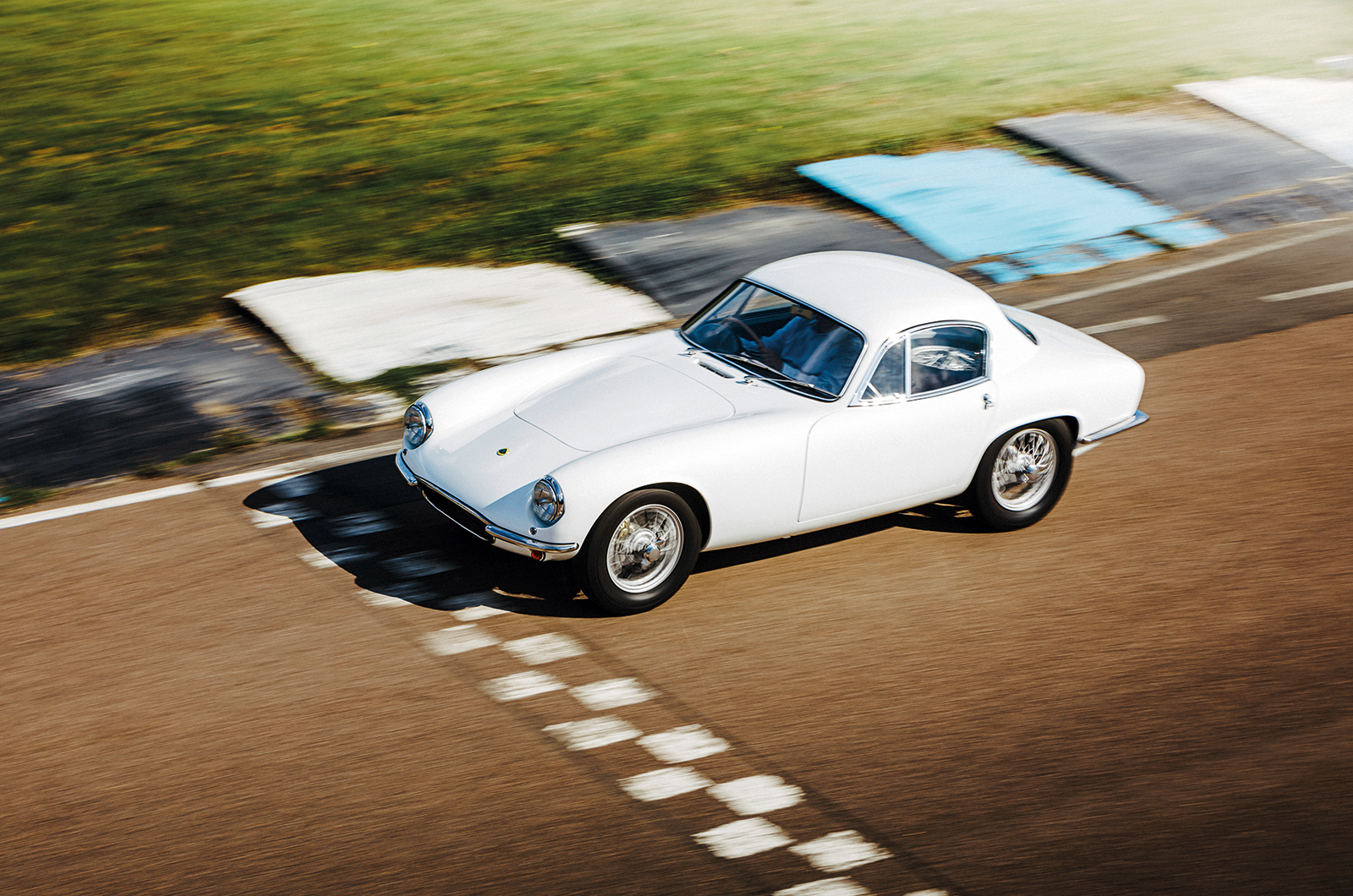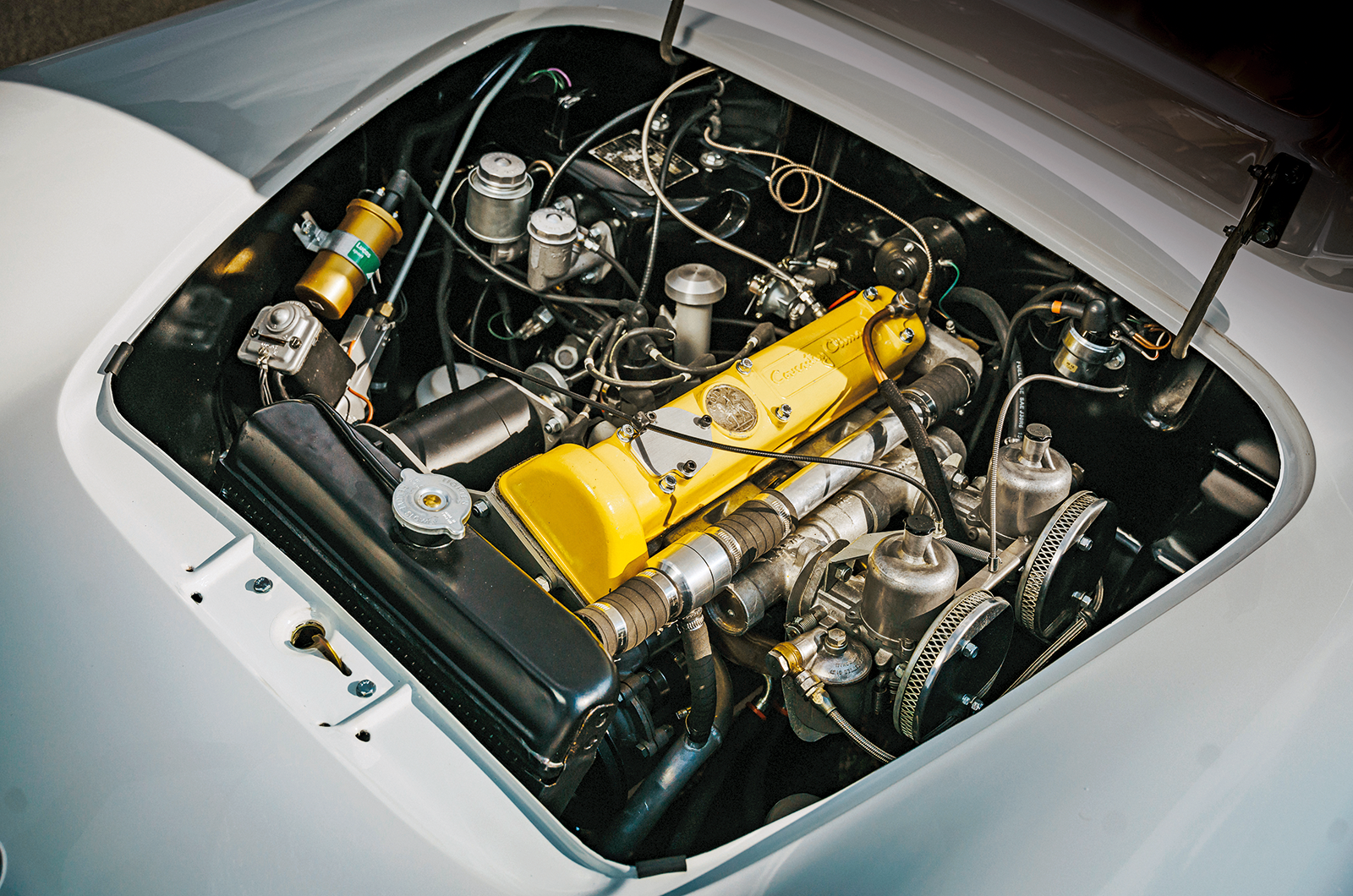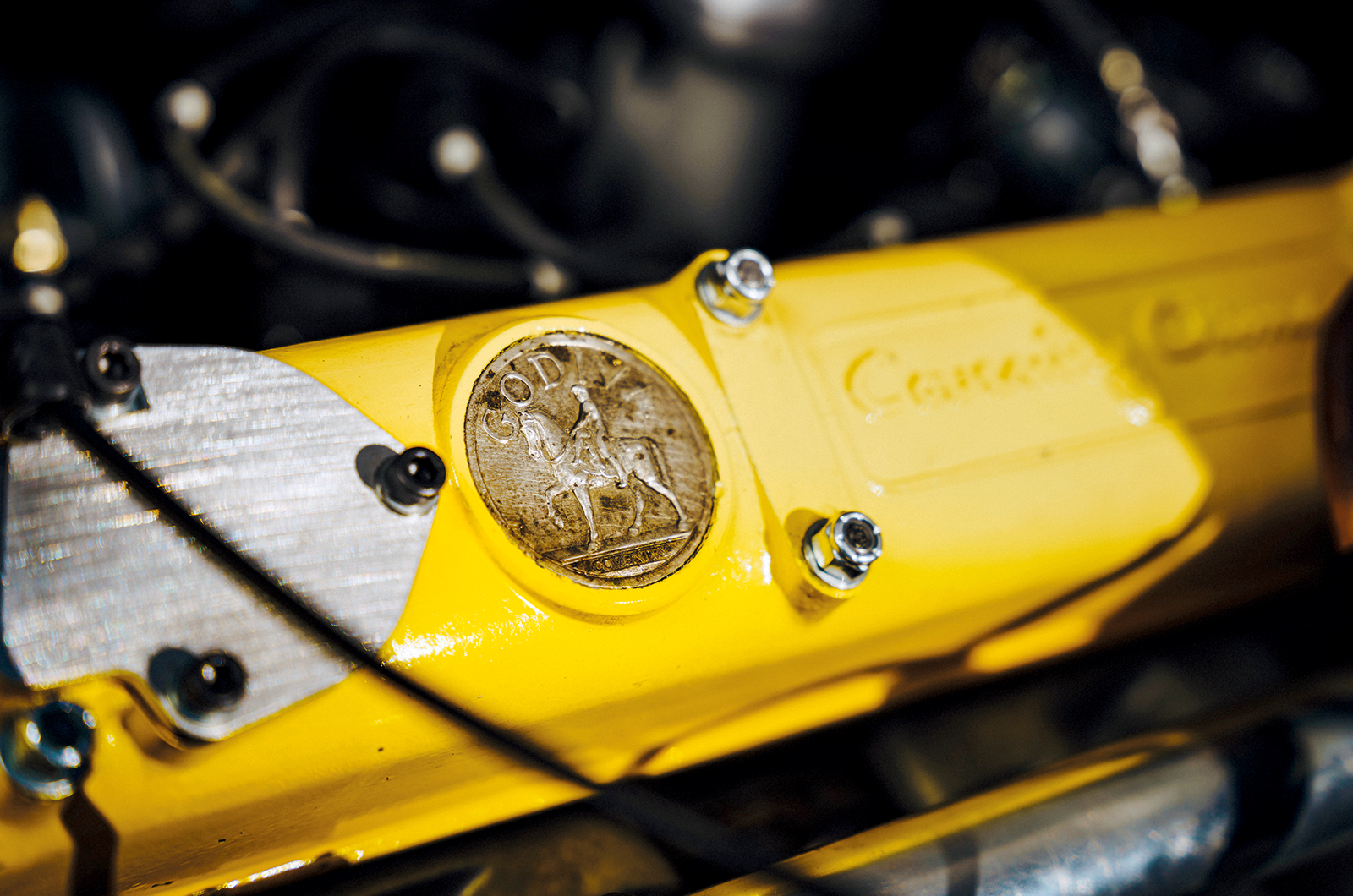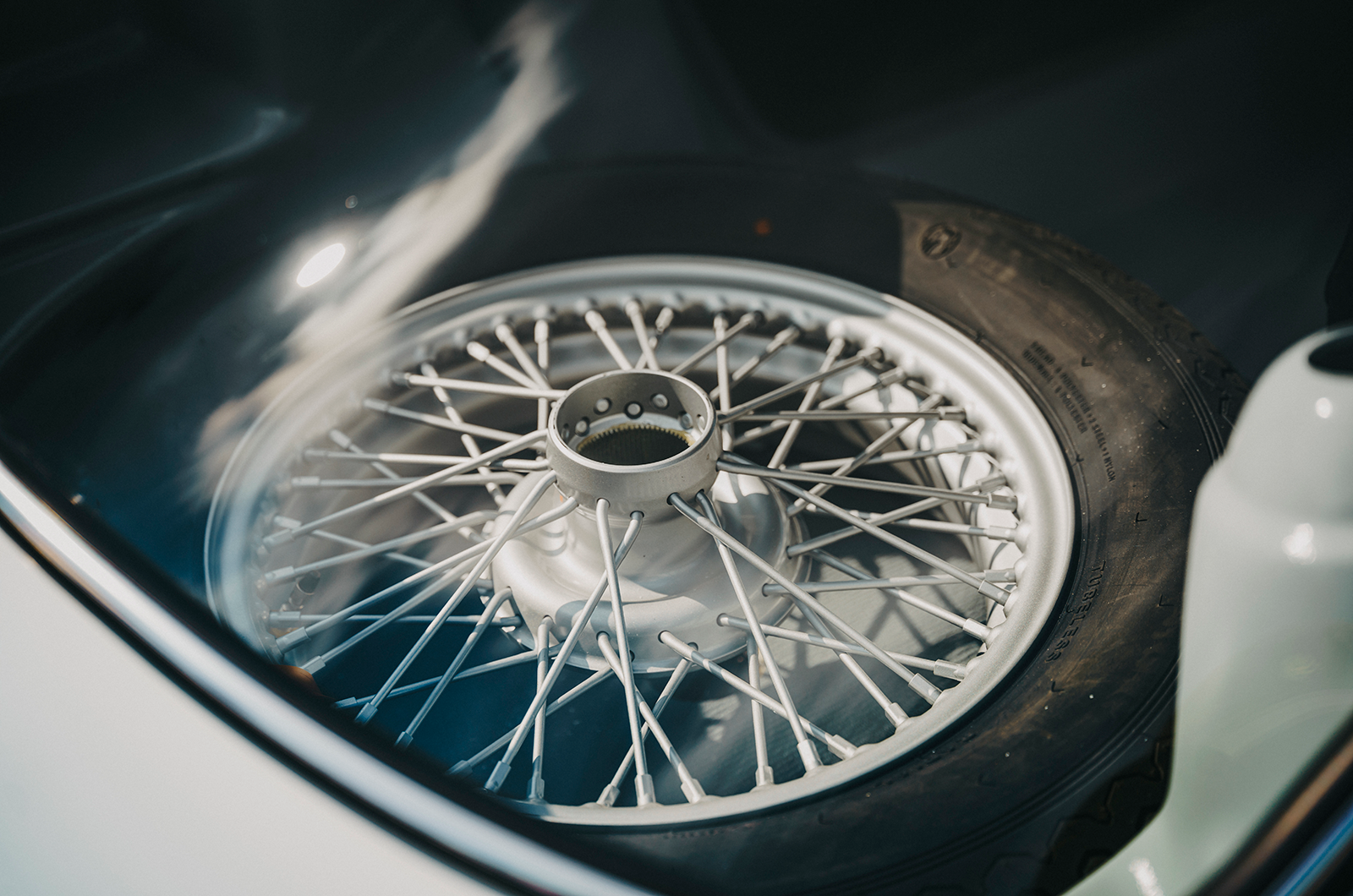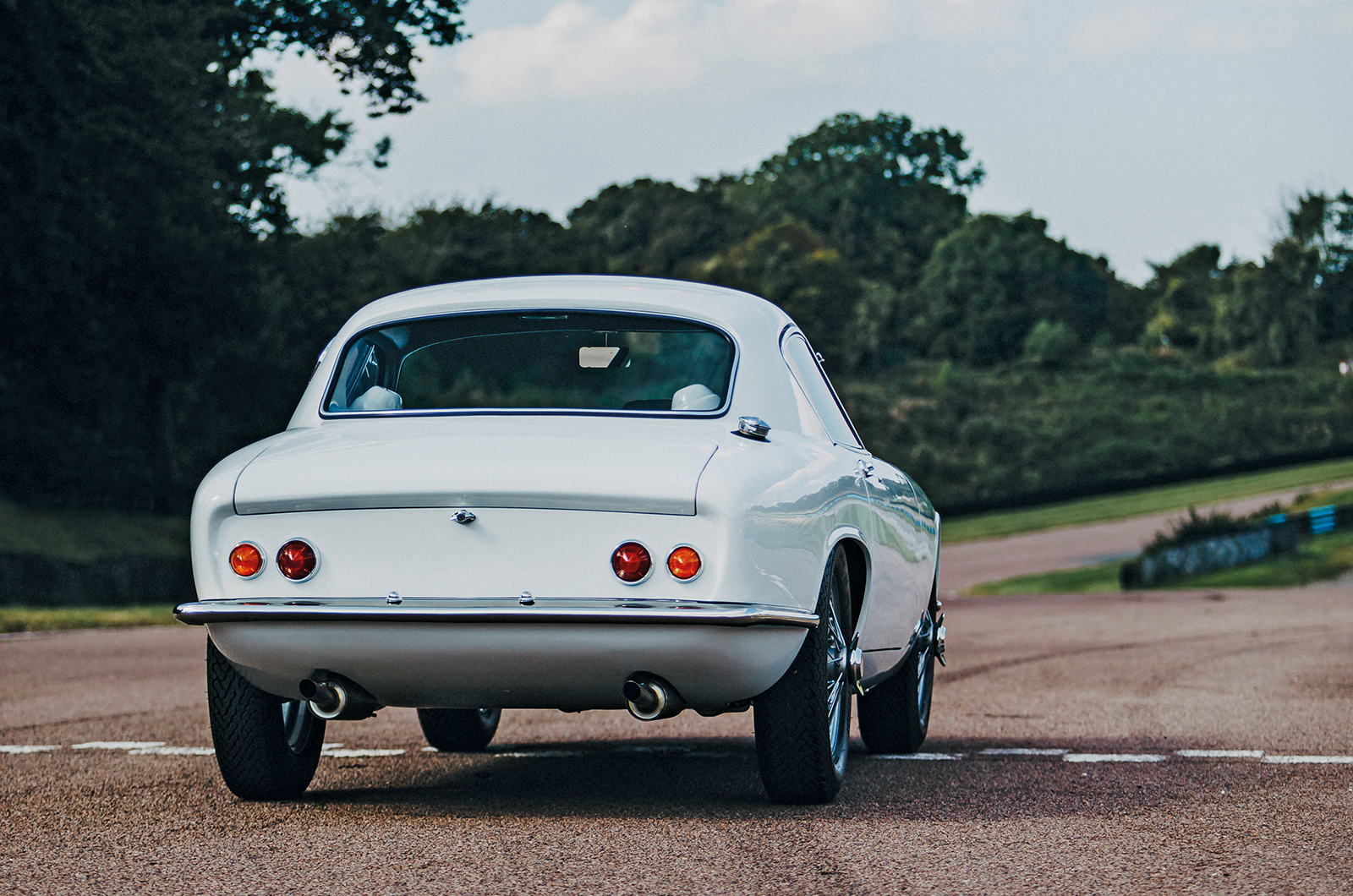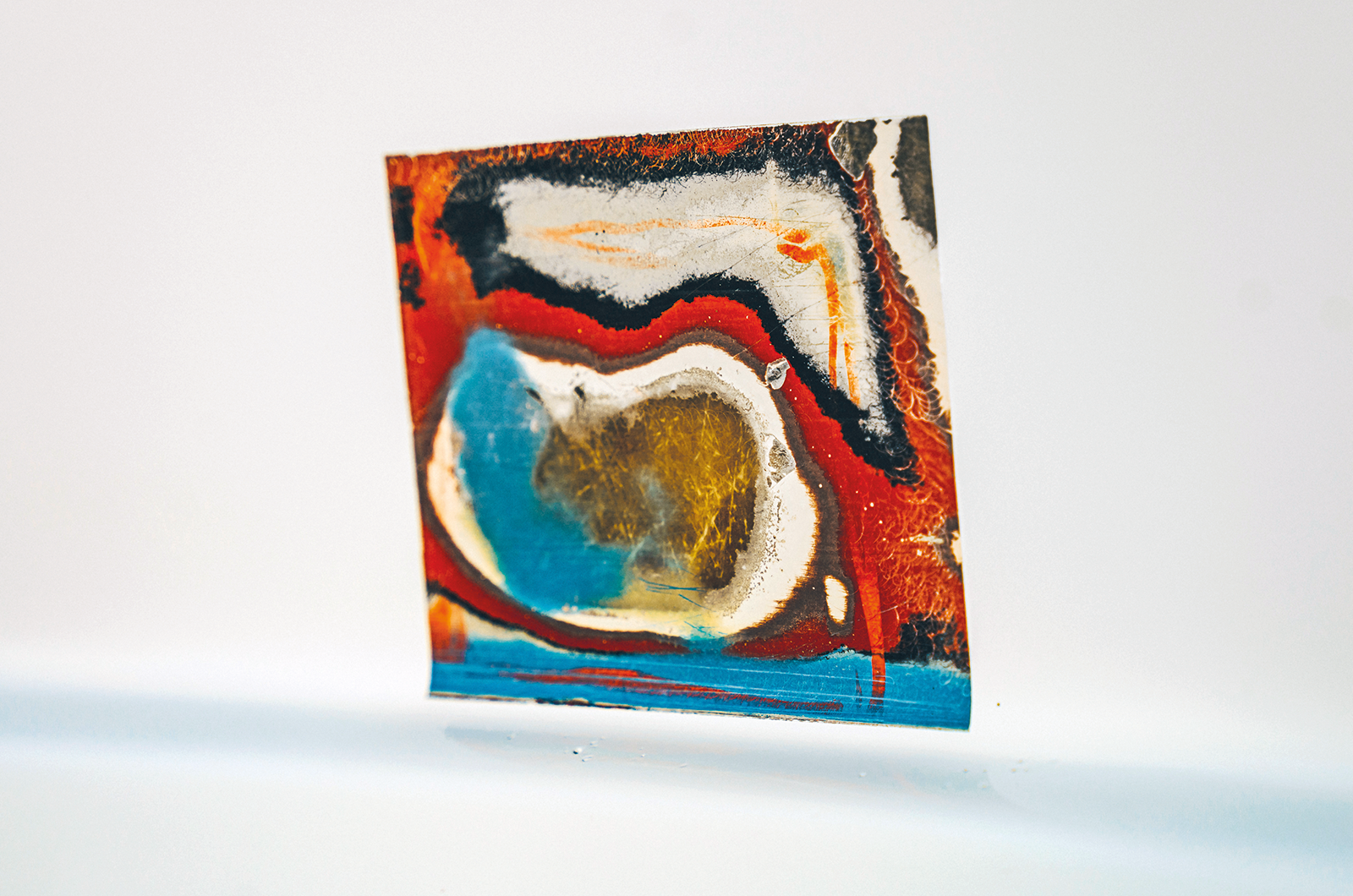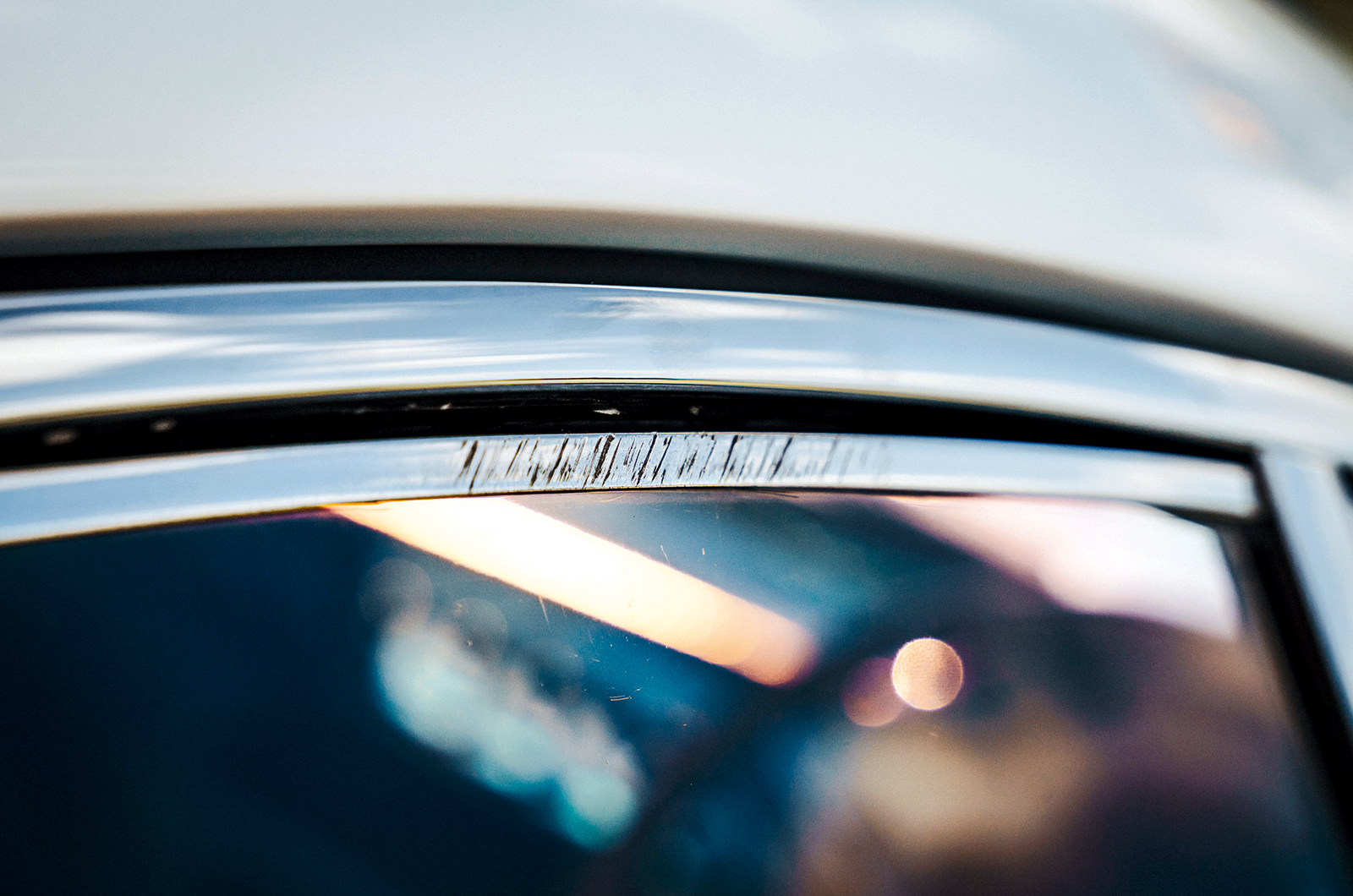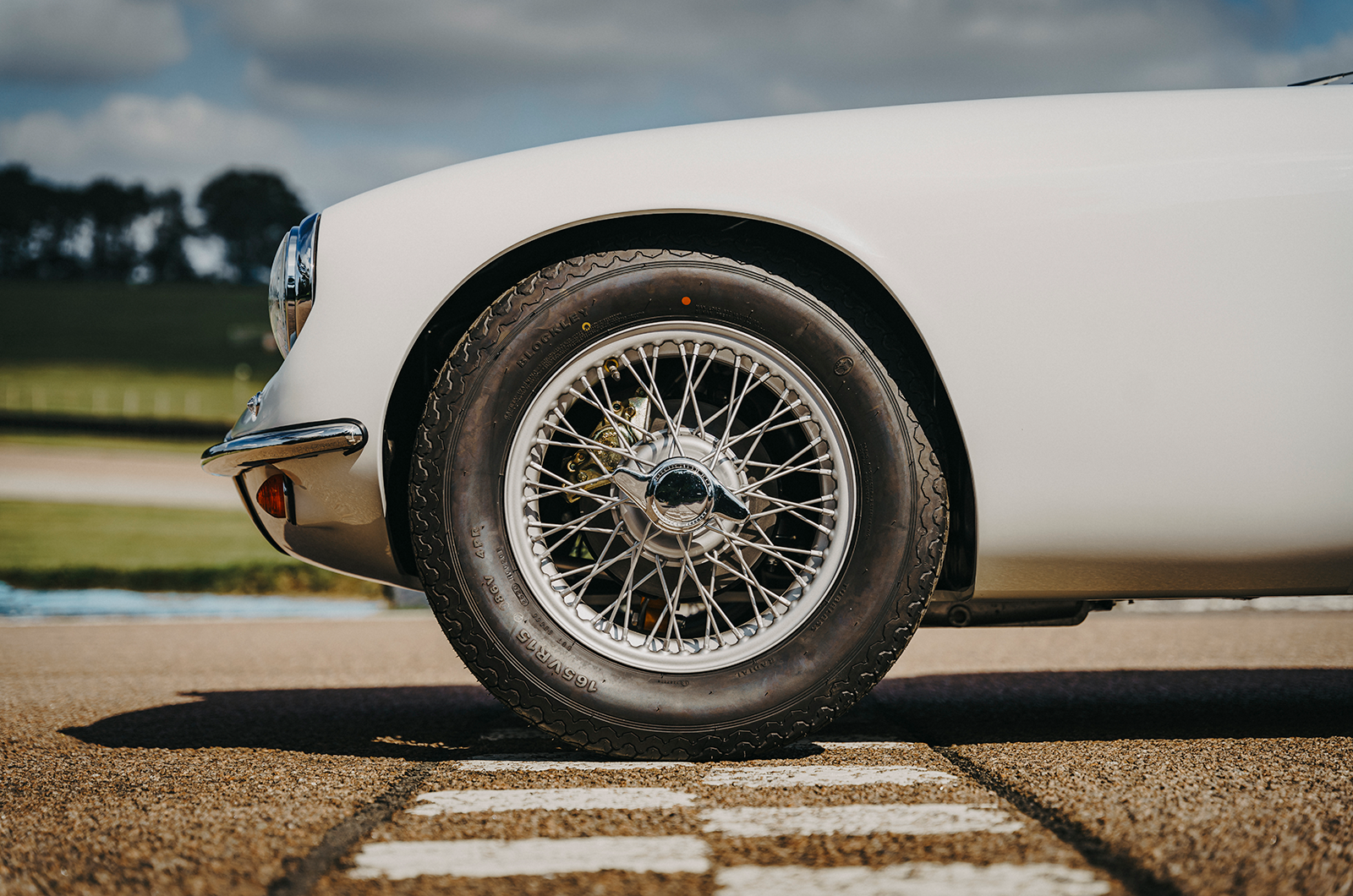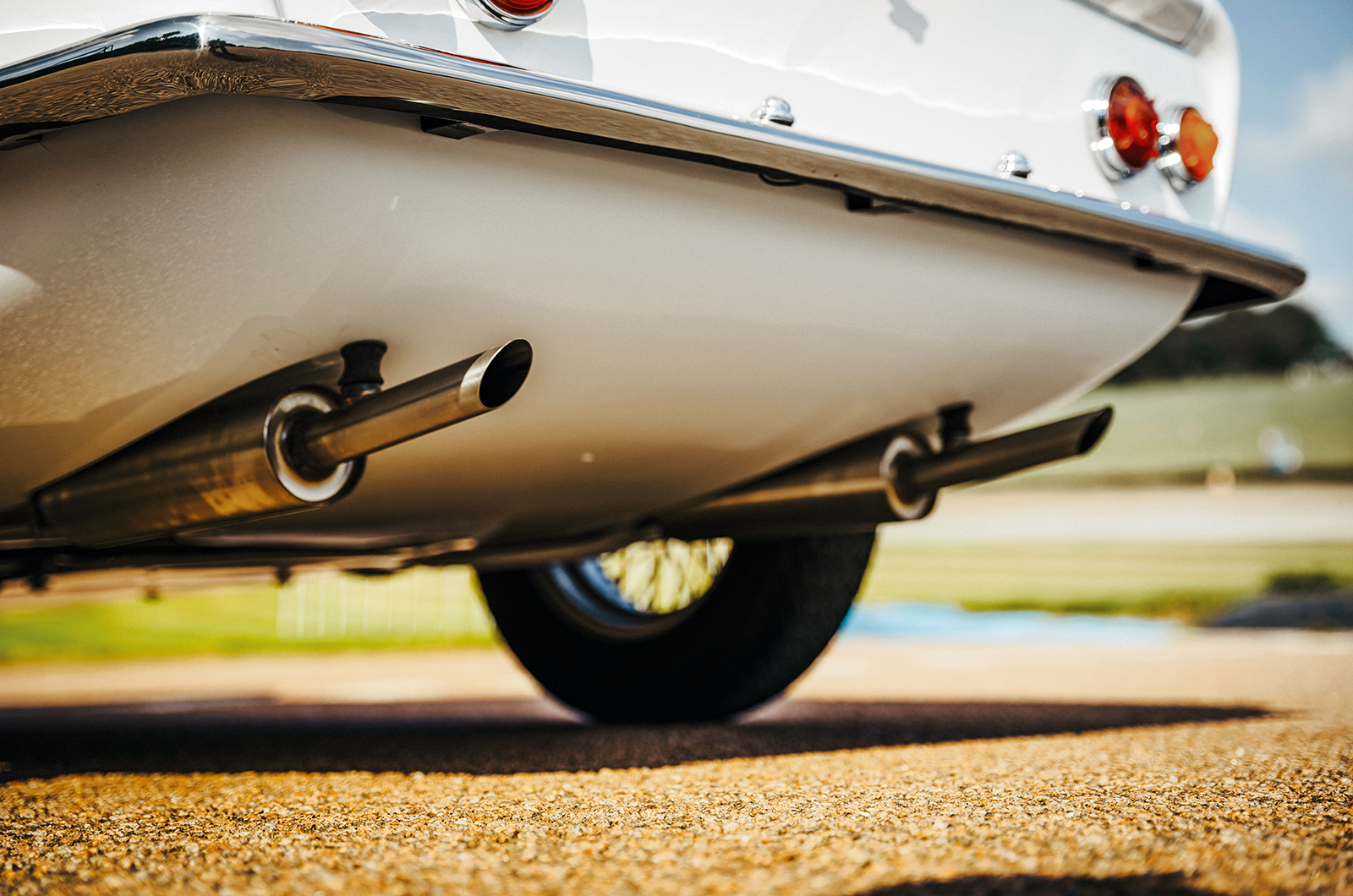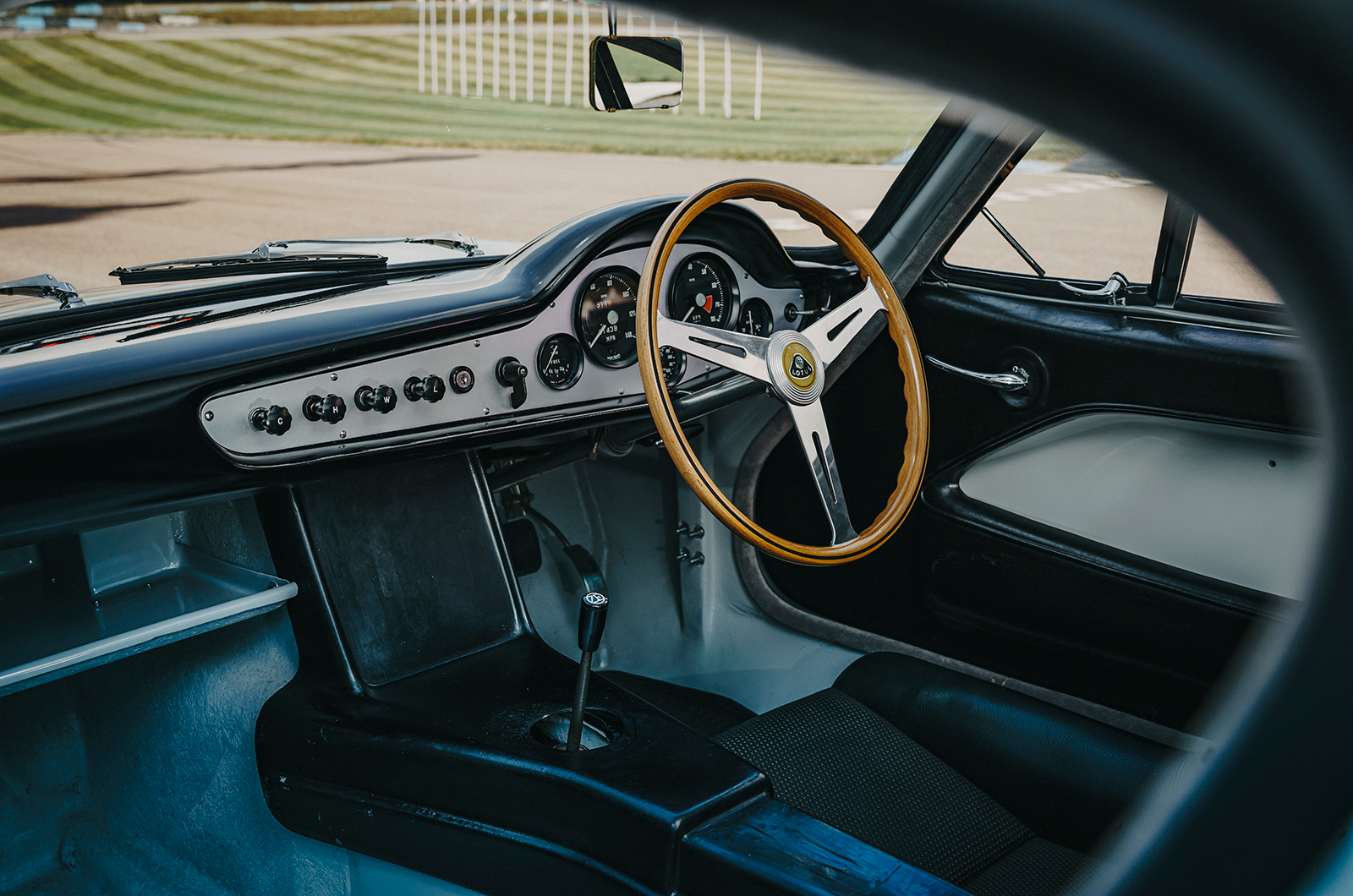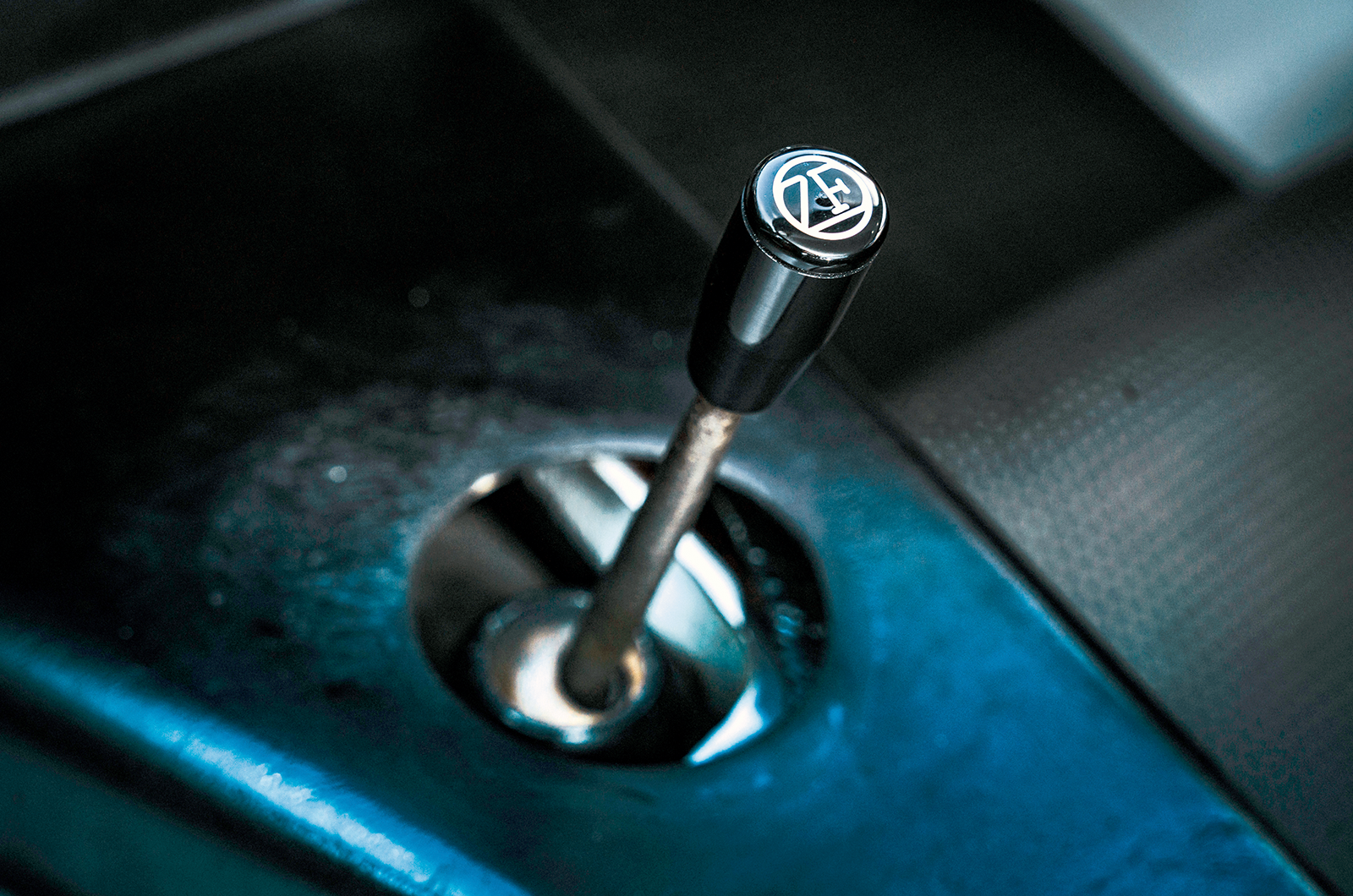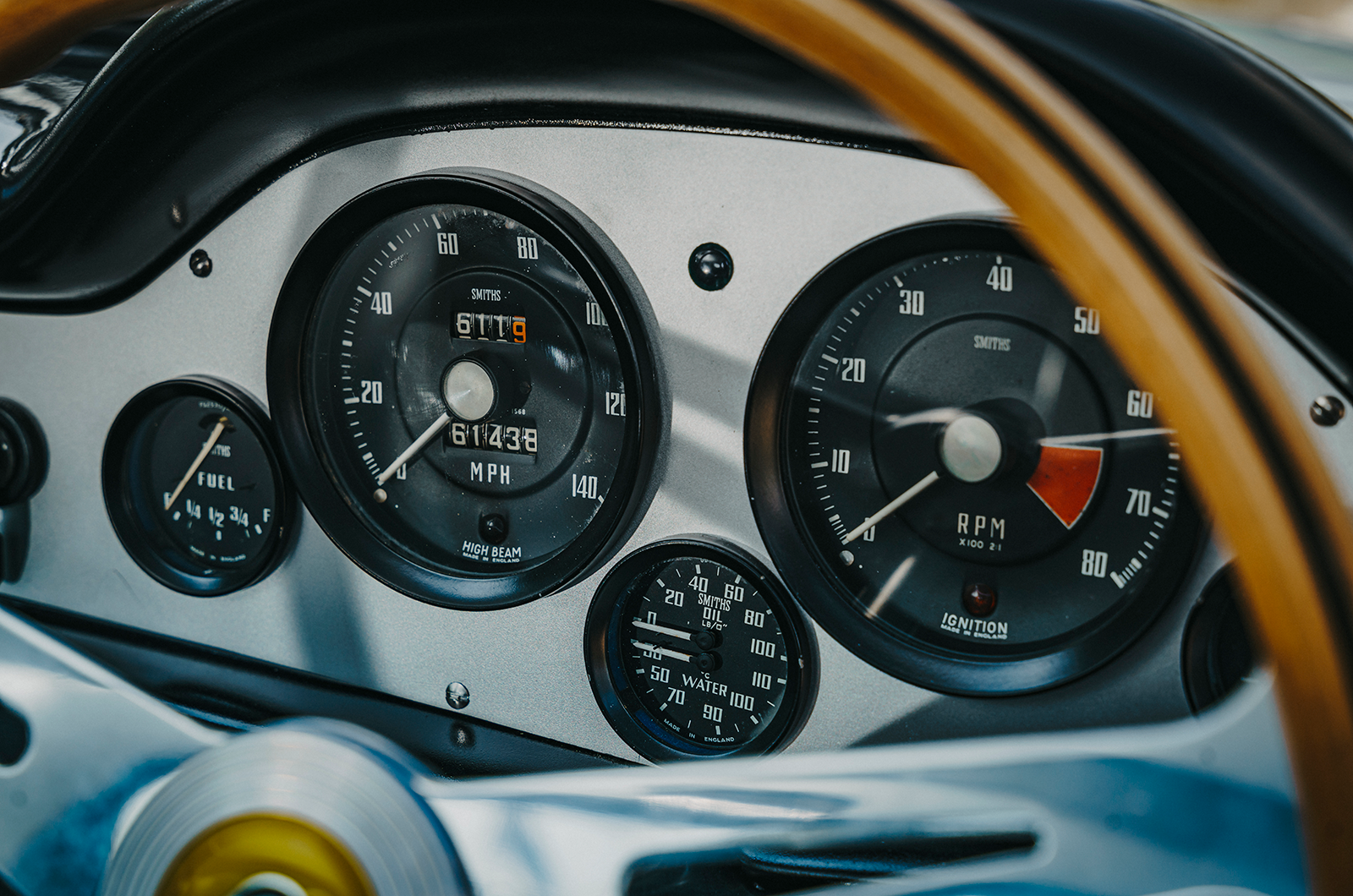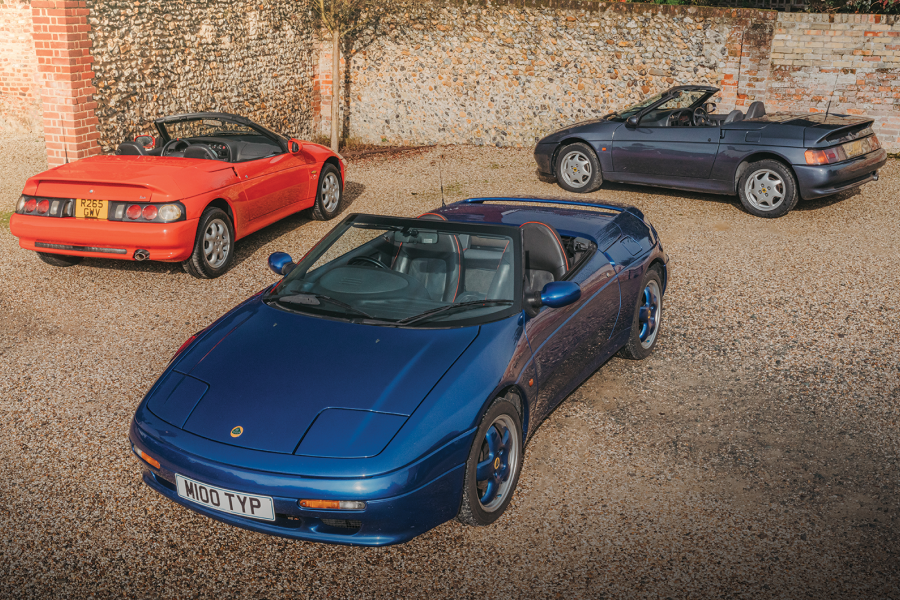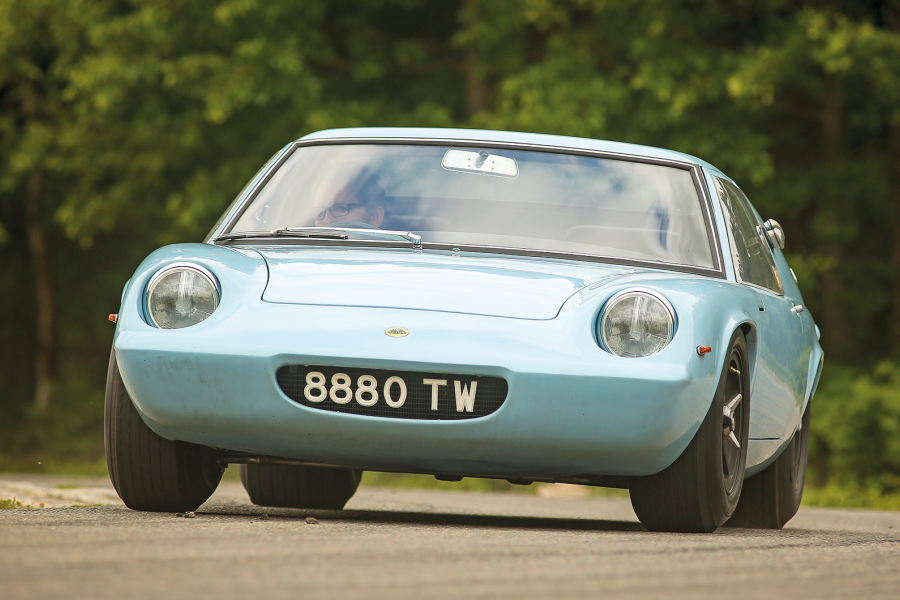With a direct line of ownership back to the Honda family, the identity of the Lotus was never in doubt, but finding confirmation was an important step in the car’s journey.
“And they found it,” says Bushell with an excited smile. “It was a lovely moment to see two very happy men, and to have been part of that story.”
Even during our low-speed run, the talent of the Lotus shines through
There’s a sense of history coming to life on seeing the intense white paint and shiny brightwork gleaming in the sun for the first time in four decades, and as the twin tailpipes bark with an angry report everyone is keen to see the little Lotus make its tentative return to the track.
Guy Sheppard of Rawlson Racing is on hand to make sure it performs, and takes a quick break from fettling the carbs to run through the mechanical specification.
“There was a great big sheet of photographs that came with it all, and we immediately noticed that there was no diff and no fuel tank,” says Sheppard.
“There was a set of rusty wire wheels that were huge – they must have been off an E-type or something. It came with a ZF gearbox, but it wasn’t until everything was painted that we noticed the hole for the gearstick wasn’t in the right place; it probably had an MGA ’box originally.”
The wire wheels glisten in the sunshine, while the twin pipes give a distinctive crackle
Rather than go the easy route and buy an off-the-shelf aluminium tank, a bespoke steel part to original specifications was commissioned, while the factory suspension components were carefully rebuilt and refurbished.
Other parts were restored in Japan, such as the heater matrix, then carefully installed in the shell with minor adjustments.
“It’s nice to work on something so clean and neat and tidy,” enthuses Sheppard. “Once we’d overhauled the components it was like putting together a brand-new car.”
The Type 14 Elite was launched at the 1957 London Motor Car Show
Peacock Engineering was tasked with building a suitable motor, and supplied a superbly rebuilt, all-aluminium, sohc 1216cc Coventry Climax FWE in-line ‘four’ to the factory’s Super 95 specification.
Its higher compression and twin SU carburettors boosted output to 95bhp, some 20bhp more than the earliest cars and well ahead of even the 85bhp Special Equipment model.
It’s a sweet lump that’s full of zip, filling the cabin with an excited chatter and revving eagerly to each blip of the throttle.
The steering, meanwhile, is drum-tight, with a rubbery resistance that betrays a lack of road miles and box-fresh components – as does the ride height, with the little Lotus yet to settle on its springs.
The dainty ZF gearlever and familiar Smiths dials inside this classic Lotus
With the immaculate machine only days away from being shipped overseas and a noise restriction at our test track, it’s perhaps for the best that we aren’t able to push the sports car to its limits – especially because its famous first owners never fully regained their trust of the Elite’s minimalist and sometimes troublesome ‘Chapman strut’ independent rear suspension.
But we are able to get a sense of the featherweight road racer’s agility, the stiffness of the futuristic monocoque and the crisp, snappy gearchange of the silky ZF four-speed.
“It’s an interesting idea for that suspension, but it’s bad,” says Honda. “But the engine, the chassis I remember being so good! It was a little noisy, but that ’s okay.”
Over six years, a little more than 1000 examples of the Type 14 Elite were built by Lotus
There’s a palpable excitement that surrounds this entire project, from the hours of dedicated work poured in by Bushell and his close-knit team to owner Baba, a passionate collector of British machinery and friend of Hirotoshi Honda; no one is in any doubt that the ultimate aim is to bring a smile to the face of its first owner’s son.
The pair are set to be reunited when the Lotus returns to Japan, and the 79-year-old will take to the wheel for the first time in almost 60 years.
“It looks beautiful,” enthuses Honda. “So pretty, just lovely; it’s like a brand-new car.”
Regarding a return to Suzuka, spiritual home of Honda motorsport, the automotive giant is more rueful: “I’m a little bit afraid,” he says with a smile. “It will stay in the garage many more times compared to before the accident!”
Images: Max Edleston
Thanks to Lydden Hill; Bushell’s Vehicle Restorations
READ MORE
Elise at 25: farewell to a Lotus legend
Baby classic sports cars do battle: Honda S800 vs Fiat Sport Spider vs MG Midget
The classic Japanese pioneers
Young at heart: restoring a Bentley S1 Continental
Greg MacLeman
Greg MacLeman is a contributor to and former Features Editor of Classic & Sports Car, and drives a restored and uprated 1974 Triumph 2500TC

